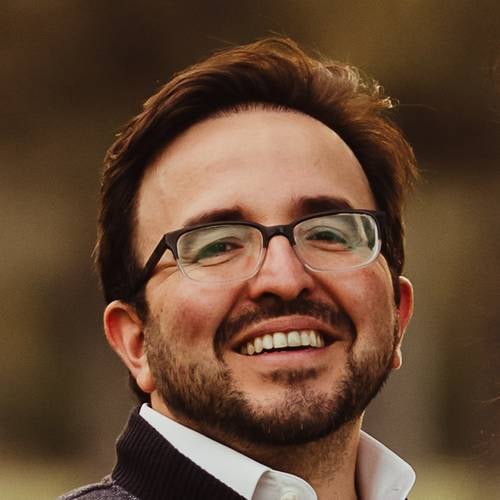About This Webinar
The surgical treatment of brain tumors present a unique challenge to the surgeon, as they are required to balance between the oncological need to remove as much tumor as possible and the functional need to preserve normal brain tissue. This challenge to achieve the "oncofunctional balance" requires careful identification of both structure (i.e. abnormal tissues such as cancer and adjacent normal tissues such as white and gray matter) and function (i.e. non-functional, tumor infiltrated tissues vs. functional tissues critical for language, movement and cognition). Valdes presents a translational suite of neuroengineering technologies for use in the operating room that harness the interactions between light and tissue.
Valdes highlights the progression from system design and development, pre-clinical validation, and clinical translation. The present body of work can help neurosurgeons map the brain by better identifying structure and function in the living human brain to achieve the "oncofunctional balance" in the treatment of brain tumor patient.
*** This presentation premiered during the
2024 BioPhotonics Conference. For more information on Photonics Media conferences and summits, visit
events.photonics.com
About the presenter

Pablo Valdes, Ph.D., received his master’s and doctorate from Dartmouth Medical School and the Thayer School of Engineering at Dartmouth in 2014. He then completed his neurosurgery residency at Harvard Medical School, specifically treating complex brain tumors in 2021 and subsequently finished a brain tumor fellowship in 2022 with the world’s expert in brain mapping, Hugues Duffau, MD, Ph.D, to hone his skills to successfully remove brain tumors in areas that are most critical for movement, speech, and the cognitive processes that “make us human” to ensure the best quality of life for his patients. Valdes’ doctorate in biomedical engineering from Dartmouth focused on developing novel optical imaging technologies for the diagnosis and treatment of brain tumors.
During his time in residency, he continued this work in neurotechnology development focused on brain tumor diagnosis and treatment pursuing a post-doctoral fellowship at Massachusetts Institute of Technology with Prof. Ed Boyden. After finishing his training he moved to Texas and is currently Assistant Professor of Neurosurgery and Neurobiology and Jeannie Sealy Distinguished Chair in Neuroscience at the University of Texas Medical Branch where he leads the brain tumor program and is also affiliate faculty of the Electrical and Computer Engineering Department at Rice. He runs an NIH and CPRIT funded research program focused on developing new technologies to improve the diagnosis and treatment of brain tumors.